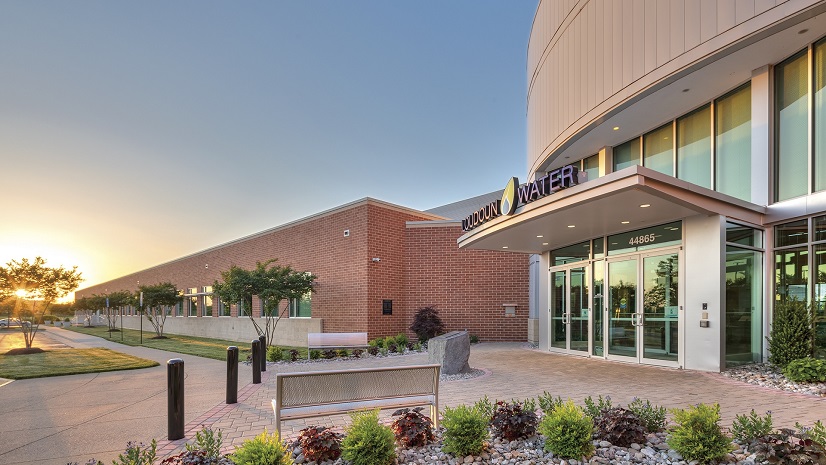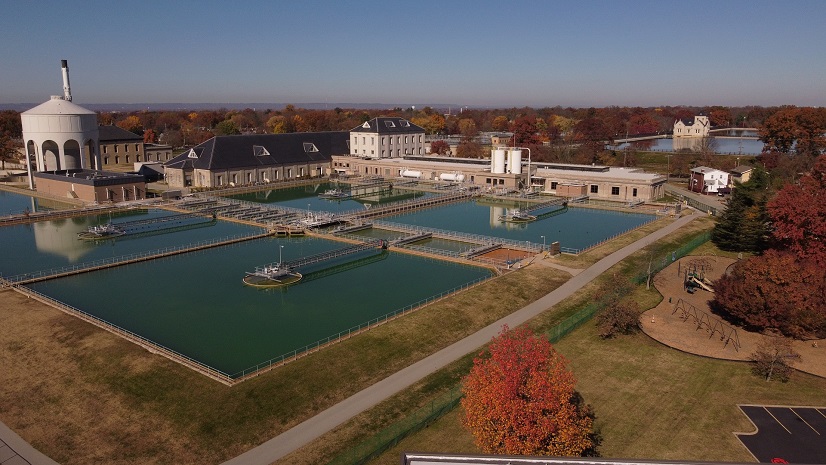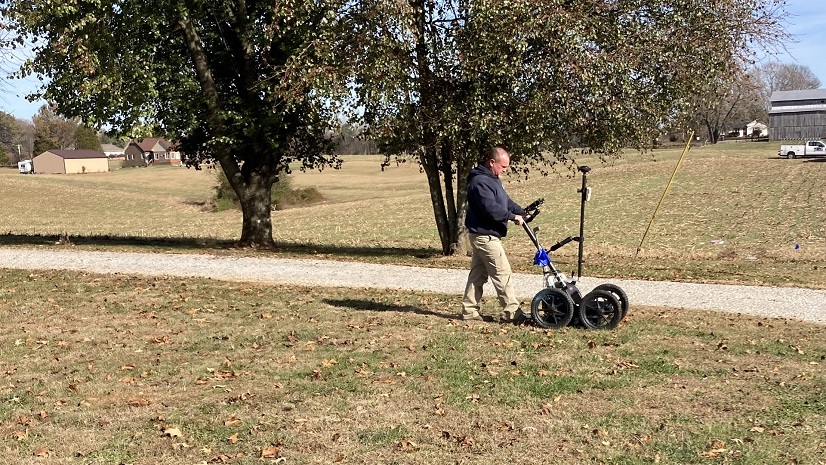The Freshwater Trust (TFT) protects and restores freshwater ecosystems. Ensuring a more resilient future will require fundamentally changing the course of conservation using science, technology, and incentive-based solutions. The environmental nonprofit pioneered an approach called Quantified Conservation, which ensures that every action translates to a positive outcome for the environment. The Freshwater Trust’s multidisciplinary teams focus on solutions that are big enough—and bold enough—to match the scale of the problem.
Challenge
TFT uses multiple approaches to diagnose water quality and quantity limitations to watersheds, river basins, and groundwater basins. One approach is to analyze agricultural fields based on where conservation actions would be most cost-effective and beneficial to water quality. For example, in an Eastern Oregon basin, TFT concluded that most phosphorus and nitrogen runoff comes from a small number of fields. These fields can be prioritized for irrigation upgrades to both improve water use efficiency and reduce excess nutrient runoff to the river. The challenge is digitizing thousands of fields across a watershed to prepare them for conservation modeling. Public datasets often do not exist, are out of date, or are incorrect. In a typical project area, 25,000 to 50,000 fields need to be digitized; it would take one geographic information system (GIS) analyst three years to delineate agricultural fields as polygons (enclosed shapes geospatially demarcating an area or feature).
Landscapes tell stories about how we can solve the most pressing freshwater issues. The information we derive from a landscape allows us to assess potential solutions and provide a path toward conservation.

Solution
To work at a pace that matches the scale of the freshwater problem, TFT needed a quicker approach to digitizing fields. Artificial intelligence cannot yet accurately identify field outlines globally. So, the small nonprofit turned to the community—specifically, college students—for assistance. First, TFT organized a one-day mapathon, where student volunteers digitized 3,000 fields in two hours. Next, TFT hired four student interns who digitized an additional 12,000 fields and checked the quality of the entire dataset over three months. In addition to field boundaries, the students also identified irrigation type at an 80 percent confidence rate. The students used ArcGIS Online specifically because this platform provided an easy and cost-effective method for multiple people to work on the same dataset in real time. Most students already had GIS experience and ArcGIS Online logins through the school account. The mapathon was designed specifically to use ArcGIS Online, modeling Humanitarian OpenStreetMap mapathon style using a grid status system. Using a grid to divide the large area into manageable sections, students marked each rectangle with a status of open, in progress, or complete, and QC complete as they digitized and checked sections to avoid potential overlap. TFT staff were on-site to answer questions and evaluate field boundaries that were tough to delineate.

Result
Agricultural field polygons form the foundation of field-level agriculture assessment and optimization analyses. Once these agricultural field datasets are complete, the organization can move on to assigning physical characteristics from other geospatial datasets, such as slope, soil type, crop, and irrigation method, for simulating edge-of-field runoff models and potential irrigation system upgrade models. Using a community-based approach to digitizing fields allowed TFT to complete analyses and propose solutions for basins in Eastern Oregon and Western Idaho more quickly. The mapathon and interns condensed three years of work into less than six months, a significant time savings. This approach can be replicated for other impaired watersheds and river basins with heavy agricultural land use, effectively increasing the pace and scale of environmental conservation. Additionally, this approach builds awareness of ways to apply GIS techniques to conservation efforts and helps students contribute to larger efforts for improving freshwater ecosystems.
With ArcGIS Online, we were able to search for statewide imagery datasets and display hundreds of gigabytes in seconds as well as deploy a web app that could do the same for anyone with the link and an account. The alternative method for building a mapathon web app would require advanced coding experience and at least a month to complete something that took no more than a day.
Stay Connected with Esri’s Water Team
ArcGIS is an extensive information system that enables modernization of workflows with easy-to-use applications for the field and office. Strengthen your organization with smart solutions that will increase efficiency and provide insight for decision-makers. Visit Esri Water Resources web site for more information.
Join the Water Resources Community
Follow #EsriWater on social media: Twitter | LinkedIn
Subscribe to the Water Industry newsletter “Esri News for Water Utilities and Water Resources“




